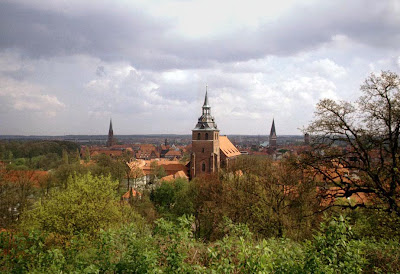This post is dedicated to the songbird of unknown identity who sang gloriously all day long in my backyard yesterday.
Le temps a laissé son manteau
De vent, de froidure et de pluie
Et s'est vêtu de broderie,
De soleil luisant, clair et beau.
Il n'y a bête ni oiseau
Qu'en son jargon ne chante ou crie:
"Le temps a laissé son manteau
De vent, de froidure et de pluie."
Rivière, fontaine et ruisseau
Portent, en livrée jolie,
Gouttes d'argent, d'orfèvrerie,
Chacun s'habille de nouveau:
Le temps a laissé son manteau.
--- Charles d'Orléans (1394-1465)
Nature has taken off her coat of wind, of rain and of cold, and is now clothed in embroidery, in bright and beautiful sunlight.
There is no beast or bird which in his own tongue isn't singing or shouting: nature has taken off her coat.
River, fountain and creek are dressed in beautiful clothes, wearing drops of silver from the smith.
Everyone dresses in new clothes: nature has taken off her coat.
+
























































